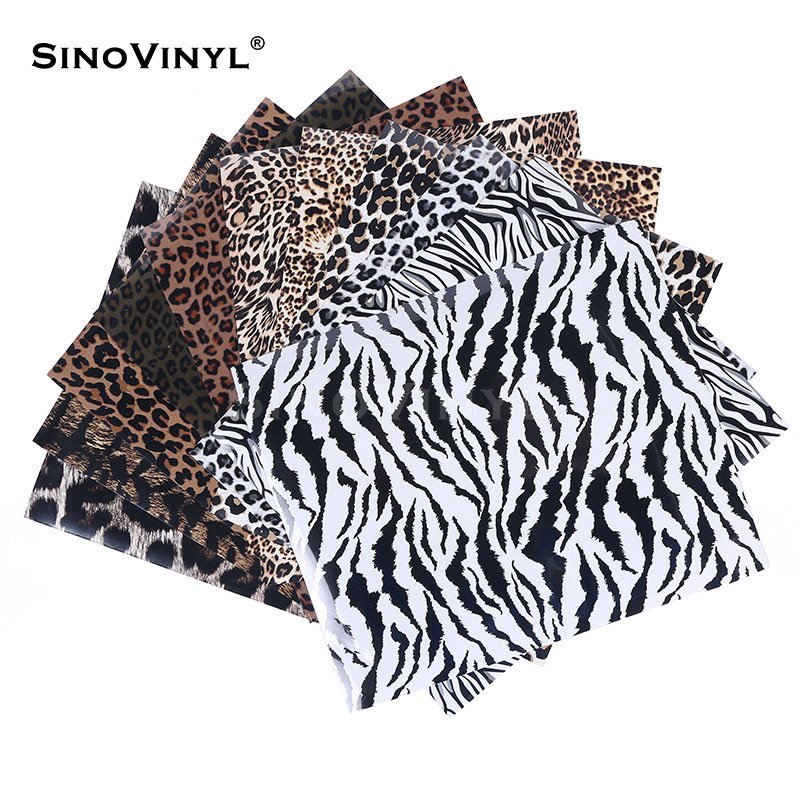A Detailed Guide About How to Remove Heat Transfer Vinyl
Removing heat transfer vinyl (HTV) can be a bit tricky, but with the right tools and techniques, you can do it without damaging the underlying fabric. Here’s a step-by-step guide on how to remove HTV:
Materials You’ll Need
1. Heat Source: You can use a regular household iron or a heat press.
2. Parchment Paper or Teflon Sheet: This will help protect the fabric and vinyl during the removal process.
3. Weeding Tool: A sharp tool like a weeding pick or tweezers can be helpful in peeling away the vinyl.
4. Cloth or T-Shirt: To create a barrier between the HTV and your iron or heat press.
5. Rubbing Alcohol: This can help soften the adhesive.
6. Cotton Balls or Swabs: To apply the rubbing alcohol.
7. Rag or Towel: For wiping away any residue.




Step-by-Step Guide
1. Set Up Your Work Area
– Clear a flat, stable surface where you can work comfortably.
– Ensure there’s good lighting, so you can see what you’re doing.
2. Prepare the Heat Source
– If you’re using an iron, set it to the highest cotton setting without steam. If you’re using a heat press, set it to a temperature that’s suitable for the fabric (typically around 300°F to 320°F or 150°C to 160°C).
3. Cover the Vinyl with Parchment Paper
– Place a piece of parchment paper or a Teflon sheet over the HTV. This will act as a protective barrier between the vinyl and the heat source.
4. Apply Heat
– Press down firmly with the iron or heat press, holding it in place for 10-15 seconds. Apply even pressure to ensure the heat is distributed evenly.
5. Test the Adhesion
– Gently try to lift a corner or edge of the HTV. If it starts to peel, you’re making progress.
6. Use the Weeding Tool
– Once you’ve heated the vinyl, use a weeding tool, tweezers, or your fingers to start peeling off the HTV. Be careful not to scratch or damage the fabric.
7. Apply Rubbing Alcohol (if needed)
– If the vinyl is being stubborn, dampen a cotton ball or swab with rubbing alcohol and gently rub it over the adhesive. This can help soften it, making it easier to remove.
8. Continue Applying Heat and Peeling
– If needed, repeat steps 4 and 6 until all the vinyl is removed. Be patient and work slowly to avoid damaging the fabric.
9. Clean Up Residue
– Once the HTV is removed, use a rag or towel with rubbing alcohol to clean off any adhesive residue. Be gentle to avoid damaging the fabric.
10. Wash and Dry the Fabric
– Launder the garment as usual to remove any remaining adhesive or alcohol residue.





Important Tips
– Always work in a well-ventilated area, especially when using rubbing alcohol.
– Be patient and work slowly. Rushing can lead to fabric damage.
– Test on a small, inconspicuous area first, especially if you’re unsure about how the fabric will react to heat or rubbing alcohol.
– If you’re having trouble, consider seeking professional assistance from a garment customization or printing service.
Remember, practice makes perfect. With a bit of patience and the right tools, you can successfully remove heat transfer vinyl from your garments.










